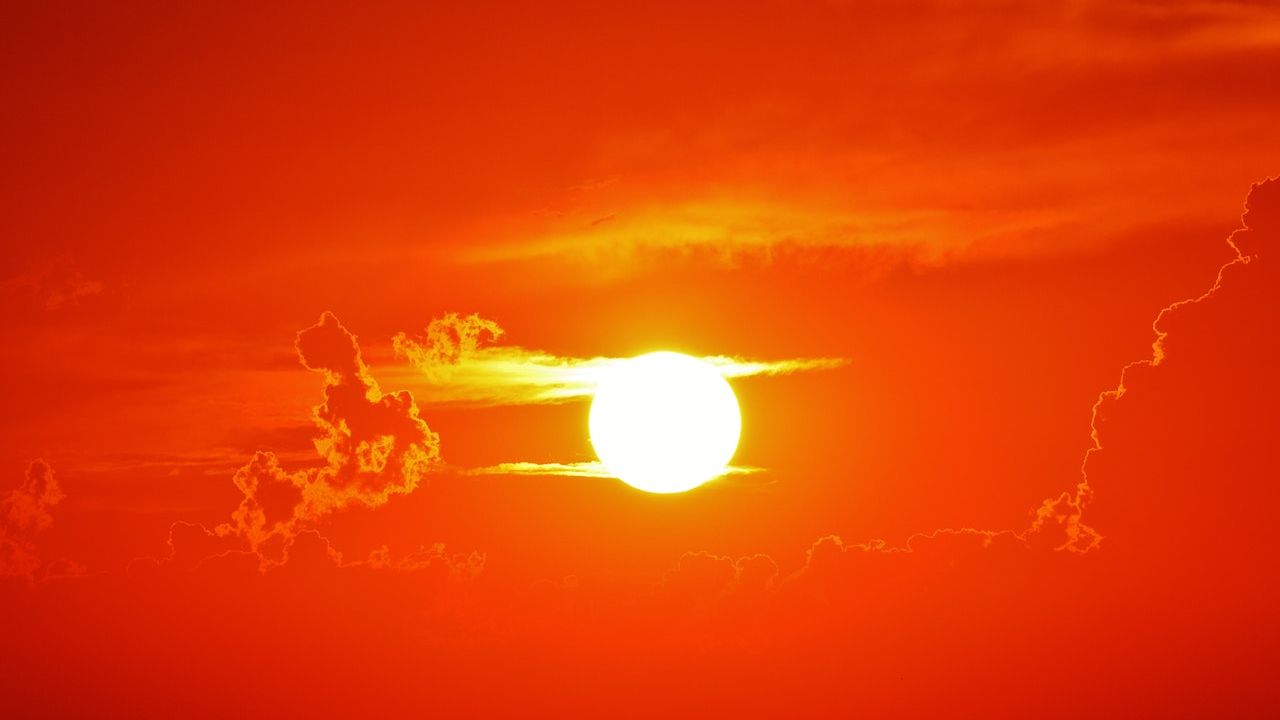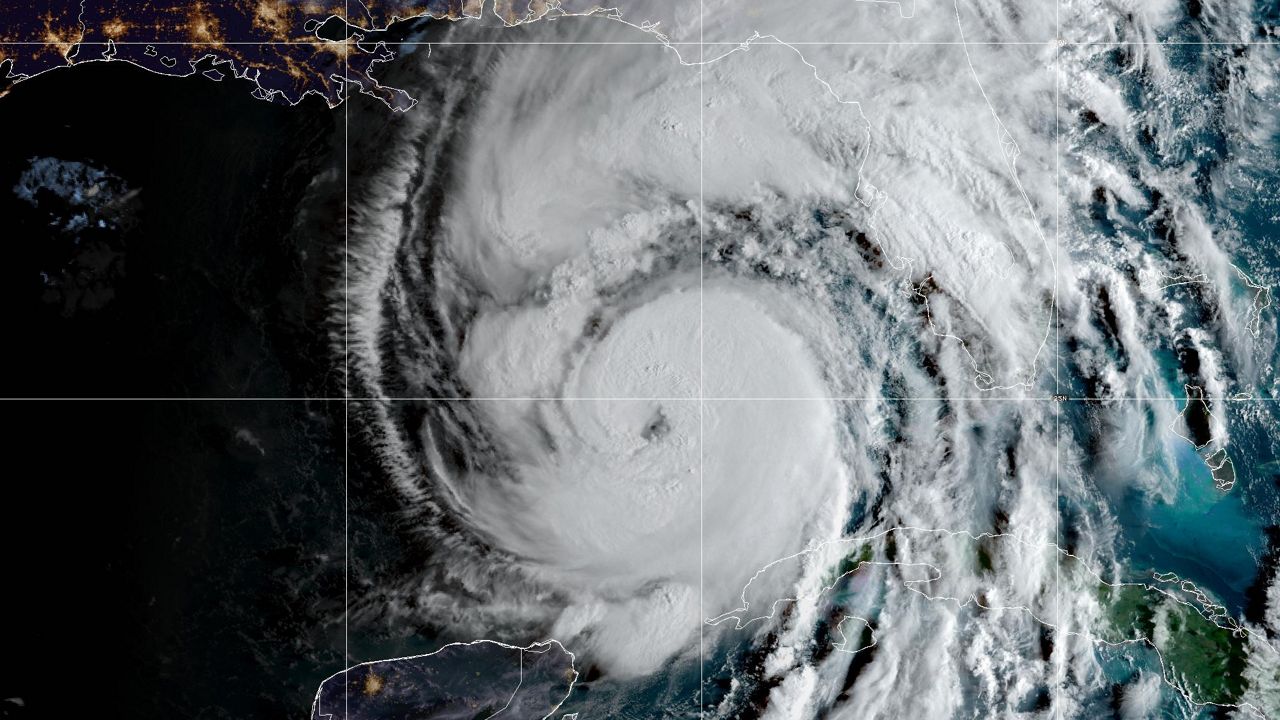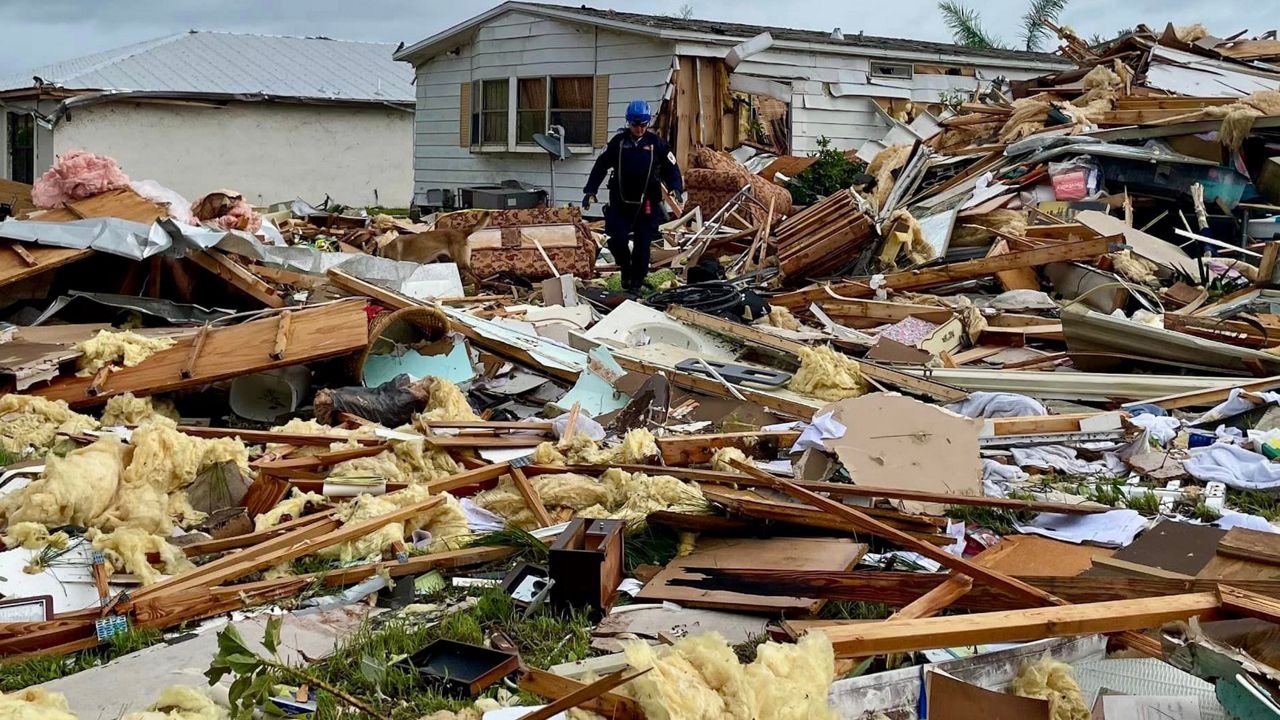ORLANDO, Fla. — Central Florida closed out the decade with one of the warmest years on record.
- Morning lows actually set more records that afternoon highs
- 2010s ended in Central Florida with one of the warmest years on record
- Diurnal range of our temperatures appears to be decreasing
Orlando, Sanford, and Daytona Beach all experienced their second-warmest year on record, while Melbourne had its warmest year on record.
It may seem counterintuitive, but it was the morning low temperatures that set more records during 2019 rather than afternoon high temperatures.
In Orlando, there were only two record warm high temperatures. Both of these records came in late October. Compare that to the 30 record warm low temperatures that were set during the year.
That equates to 94 percent of the record temperatures set during 2019 in Orlando occurring during the morning hours rather than the afternoon.
Our low temperatures were the second warmest on record, just behind 2015 in Orlando, while afternoon highs were the eighth warmest on record. They tied with 1949.
In Sanford, low temperatures were the second warmest on record. Afternoon highs were the fourth warmest on record. They tied with 2016 and 1998. Daytona Beach had its fourth warmest lows on record, along with its fourth warmest high temperatures on record. Melbourne, which was the only spot to finish with the warmest year on record, had its warmest minimum temperatures on record.
Every spot in Central Florida experienced more record warm low temperatures rather than record highs.
So what is the likely cause of the warmer morning temperatures? We can point to higher humidity.
The mornings have been muggy, and when the humidity is higher, it prevents temperatures from dropping overnight.
We seem to be experiencing less of a diurnal range in our temperatures with higher humidity across Central Florida.








